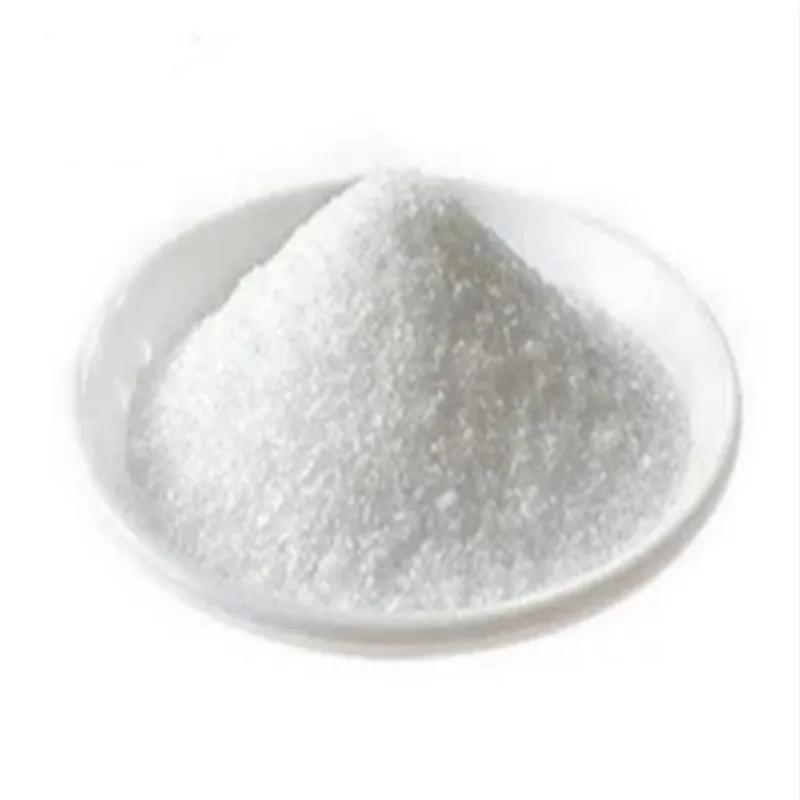Warning: Undefined array key "file" in /home/www/wwwroot/HTML/www.exportstart.com/wp-content/themes/1198/header.php on line 7
Warning: Undefined array key "title" in /home/www/wwwroot/HTML/www.exportstart.com/wp-content/themes/1198/header.php on line 7
Warning: Undefined array key "title" in /home/www/wwwroot/HTML/www.exportstart.com/wp-content/themes/1198/header.php on line 7
- Afrikaans
- Albanian
- Amharic
- Arabic
- Armenian
- Azerbaijani
- Basque
- Belarusian
- Bengali
- Bosnian
- Bulgarian
- Catalan
- Cebuano
- China
- China (Taiwan)
- Corsican
- Croatian
- Czech
- Danish
- Dutch
- English
- Esperanto
- Estonian
- Finnish
- French
- Frisian
- Galician
- Georgian
- German
- Greek
- Gujarati
- Haitian Creole
- hausa
- hawaiian
- Hebrew
- Hindi
- Miao
- Hungarian
- Icelandic
- igbo
- Indonesian
- irish
- Italian
- Japanese
- Javanese
- Kannada
- kazakh
- Khmer
- Rwandese
- Korean
- Kurdish
- Kyrgyz
- Lao
- Latin
- Latvian
- Lithuanian
- Luxembourgish
- Macedonian
- Malgashi
- Malay
- Malayalam
- Maltese
- Maori
- Marathi
- Mongolian
- Myanmar
- Nepali
- Norwegian
- Norwegian
- Occitan
- Pashto
- Persian
- Polish
- Portuguese
- Punjabi
- Romanian
- Russian
- Samoan
- Scottish Gaelic
- Serbian
- Sesotho
- Shona
- Sindhi
- Sinhala
- Slovak
- Slovenian
- Somali
- Spanish
- Sundanese
- Swahili
- Swedish
- Tagalog
- Tajik
- Tamil
- Tatar
- Telugu
- Thai
- Turkish
- Turkmen
- Ukrainian
- Urdu
- Uighur
- Uzbek
- Vietnamese
- Welsh
- Bantu
- Yiddish
- Yoruba
- Zulu
Dec . 18, 2024 13:06 Back to list
propylene glycol for food
Propylene Glycol for Food A Comprehensive Overview
Propylene glycol, a colorless, odorless liquid with a sweet taste, is widely used across various industries, particularly in food production. It is a synthetic organic compound, categorized as a diol or glycol. With the chemical formula C3H8O2, propylene glycol plays a critical role in food processing and preservation due to its unique properties. This article explores the uses, safety, and regulatory status of propylene glycol in food applications.
Uses of Propylene Glycol in Food
Propylene glycol serves multiple functions in the food industry, which include acting as a humectant, solvent, emulsifier, and preservative. As a humectant, it helps retain moisture in food products, ensuring they remain soft and palatable. This is particularly important in baked goods, where maintaining moisture is key to prolonging freshness.
Additionally, propylene glycol is often used as a solvent for food flavors, colors, and additives. It effectively dissolves these compounds, allowing for uniform distribution throughout food products. This attribute is critical for ensuring consistent flavor and color in beverages, confectioneries, and sauces.
Moreover, propylene glycol has emulsifying properties, which help to stabilize mixtures that would otherwise separate, such as oil and water. This characteristic is beneficial in salad dressings, margarine, and dairy products, contributing to their desirable texture and palatability. Furthermore, its antimicrobial properties enable propylene glycol to inhibit the growth of certain bacteria and molds, thereby extending the shelf life of food items.
Safety and Regulatory Status
propylene glycol for food

Regulatory authorities, such as the U.S. Food and Drug Administration (FDA) and the European Food Safety Authority (EFSA), have thoroughly evaluated the safety of propylene glycol for food applications. The FDA has classified it as Generally Recognized as Safe (GRAS) when used in accordance with good manufacturing practices. This classification means that it is considered safe for consumption at the levels typically found in food products.
Research has shown that propylene glycol is metabolized by the body to lactic acid and eventually converted to glucose, demonstrating low toxicity. Studies have indicated that even substantial quantities consumed do not lead to adverse health effects, further supporting its safety profile. However, like many food additives, excessive consumption may lead to mild side effects, such as nausea or diarrhea, particularly in individuals with pre-existing medical conditions.
Despite its safety record, some consumer groups have raised concerns about the use of propylene glycol, especially among those who seek to avoid artificial additives in their diets. As a result, an increasing number of manufacturers are exploring alternative ingredients, focusing on clean-label products that highlight natural ingredients.
Conclusion
Propylene glycol remains an integral component of the food industry, thanks to its multifaceted applications, including its roles as a humectant, solvent, emulsifier, and preservative. Regarded as safe by major regulatory agencies, propylene glycol has a well-documented history of use without significant health concerns when consumed at appropriate levels.
As consumer awareness and demand for transparency in food labeling continue to rise, the industry may evolve to incorporate more natural alternatives. Nonetheless, propylene glycol's versatility and effectiveness make it a valuable ingredient in many food products. Ultimately, understanding its properties, uses, and safety will help consumers make informed choices about the foods they consume and appreciate the complexities of food science.
In conclusion, propylene glycol represents a fascinating case of how a synthetic compound can play a vital role in modern food production while ensuring safety and quality. As new research emerges and consumer preferences shift, its place in the industry will likely be a topic of ongoing discussion, balancing technological advancement with natural ingredient trends.
Latest news
-
2025 European Fine Chemicals Exhibition in Germany
NewsMay.13,2025
-
2025 New York Cosmetics Ingredients Exhibition
NewsMay.07,2025
-
Zibo will host the 2025 International Chemical Expo
NewsApr.27,2025
-
2025 Yokohama Cosmetics Raw Materials and Technology Exhibition
NewsApr.22,2025
-
2025 India Mumbai Fine Chemicals Exhibition
NewsApr.18,2025
-
Nanjing will host the 2025 Yangtze River Delta International Chemical Industry Expo and the National Chemical Industry Conference
NewsApr.15,2025

